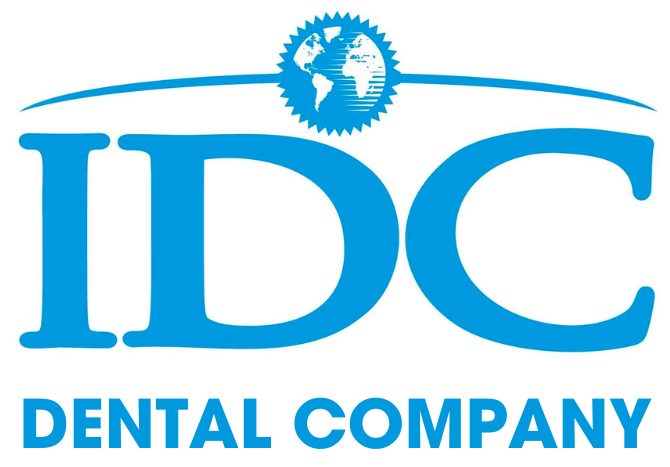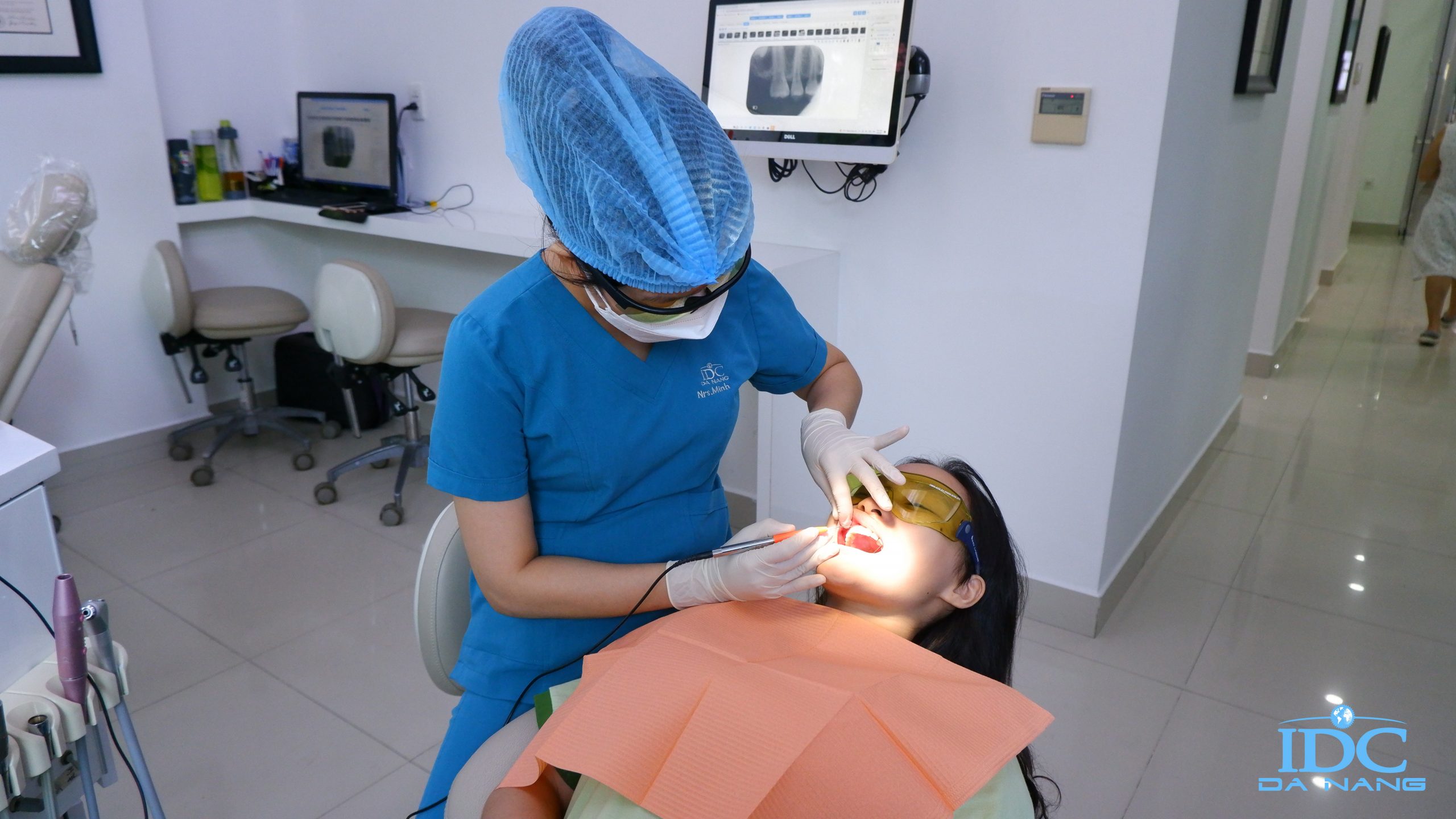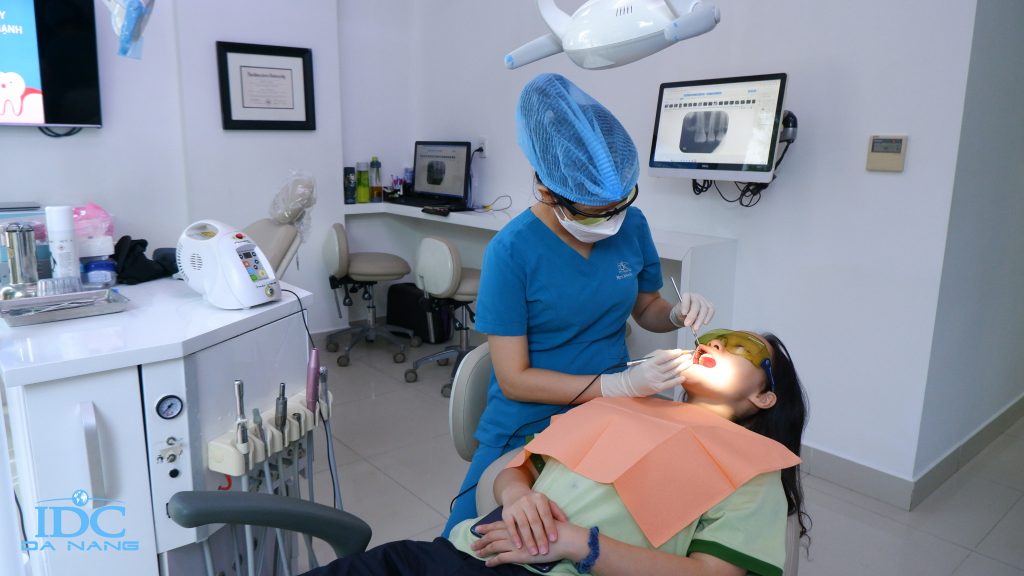
Sau khi đo độ sâu của túi nướu, nha sĩ, chuyên gia nha chu hay các chuyên viên vệ sinh răng sẽ loại bỏ các mảng bám, cao răng dướu nướu bằng phương pháp làm sạch sâu được gọi là scaling and root planning (cạo vôi và làm láng mặt gốc răng). Scaling có nghĩa là cạo cao răng từ trên và dưới nướu. Root planning giúp loại bỏ những điểm thô nhám, nơi vi trùng tụ tập và loại bỏ vi khuẩn gây bệnh. Sau khi scaling and root planning, các túi nướu được bơm rửa bằng dung dịch sát khuẩn chlorhexadine.Trong một số trường hợp, tia LASER có thể được sử dụng để loại bỏ cao răng và mảng bám. Làm sạch bằng Laser thì ít chảy máu và khó chịu như các phương pháp làm sạch truyền thống. Làm sạch sâu thường mất 2 lần hẹn, mỗi lần hẹn sẽ làm 1 bên hàm. Vì vâỵ chỉ có một bên miệng bị gây tê và bệnh nhân có thể ăn nhai bình thường ở bên còn lại. Sau khi làm sạch và cạo láng mặt gốc răng và bơm rửa thì có thể sử dụng một loại KHÁNG SINH TẠI CHỖ để tiêu diệt vi khuẩn còn sót lại.
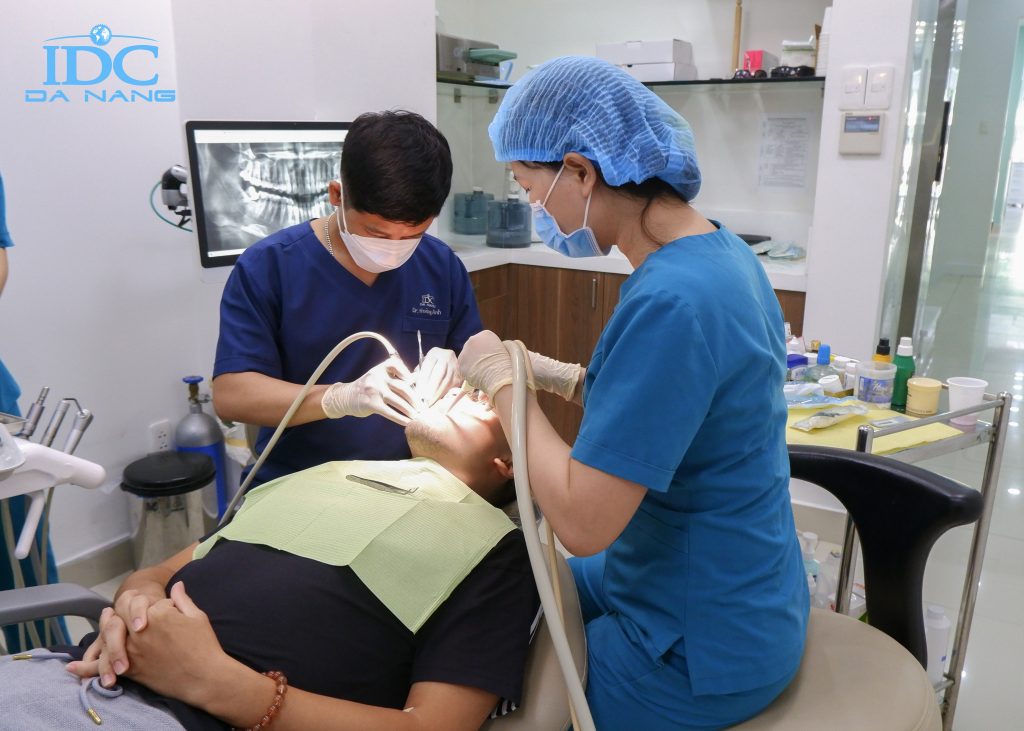
2. Liệu pháp Laser
Laser là một trong những kỹ thuật hiện đại nhất được sử dụng trong điều trị bệnh nha chu. Xâm lấn ít nhất, phương pháp này có nhiều lợi ích. Một trong số những lợi ích đó là làm giảm sự mất máu, giúp việc điều trị diễn ra nhanh chóng. Ngoài ra, không giống như phẫu thuật nướu truyền thống, liệu pháp laser không gây ra sự tụt nướu, do đó giảm thiểu lộ chân răng. Đây là một điều tốt vì lộ chân răng sẽ làm tăng độ nhạy cảm đối với các thức ăn nóng và lạnh, và tăng nguy cơ gây sâu răng. Một số ít tác dụng phụ liên quan đến điều trị này là nhạy cảm ở vùng điều trị, chóng mặt và buồn nôn. Nhưng những ảnh hưởng này chỉ nhẹ và sẽ biến mất trong vài ngày.

3. Liệu pháp kháng sinh nướu
Liệu pháp kháng sinh nướu là việc đặt thuốc để loại bỏ vi khuẩn gây bệnh nha chu. Liệu pháp này rất có ích cho những bệnh nhân bị viêm nha chu tiến triển, và được tiến hành sau khi làm sạch sâu (scaling and root planing). Điều quan trọng cần chú ý rằng đây không phải là quy trình độc lập duy nhất, có nghĩa là nó nên được sử dụng kết hợp với phương pháp điều trị không phẫu thuật để đảm bảo hiểu quả. Ngoài ra, không nên sử dụng liệu pháp kháng sinh nướu để kiểm soát lâu dài bệnh nha chu nặng hoặc tiến triển.
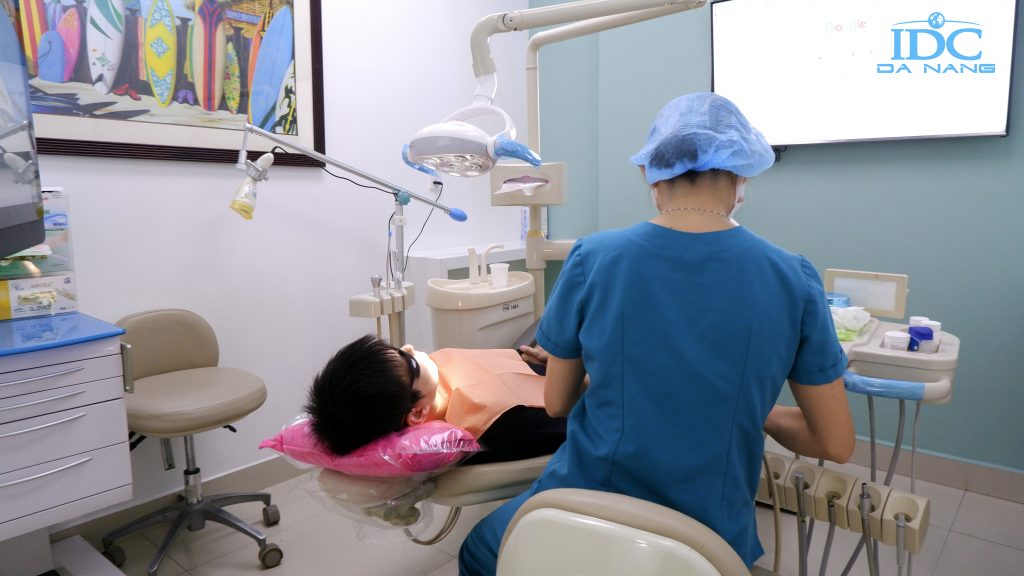
PHẪU THUẬT NHA CHU
Phẫu thuật lật vạt
Phẫu thuật lật vạt, còn gọi là phẫu thuật giảm thiểu các túi chứa vi khuẩn chung quanh răng, được đề nghị cho những bệnh nhân có túi nướu quá sâu và rất khó để làm sạch bằng cách đánh răng hoặc phương pháp vệ sinh răng thông thường tại phòng khám. Việc giảm thiểu chiều sâu của các túi nướu và loại bỏ vi khuẩn rất cần thiết trong việc ngăn ngừa sự tiến triển của bệnh nha chu và những nguy hại liên quan. Ngoài ra, phẫu thuật lật vạt nhằm mục đích kìm hãm sự mất xương răng, giảm viêm và ngăn ngừa mất răng.
